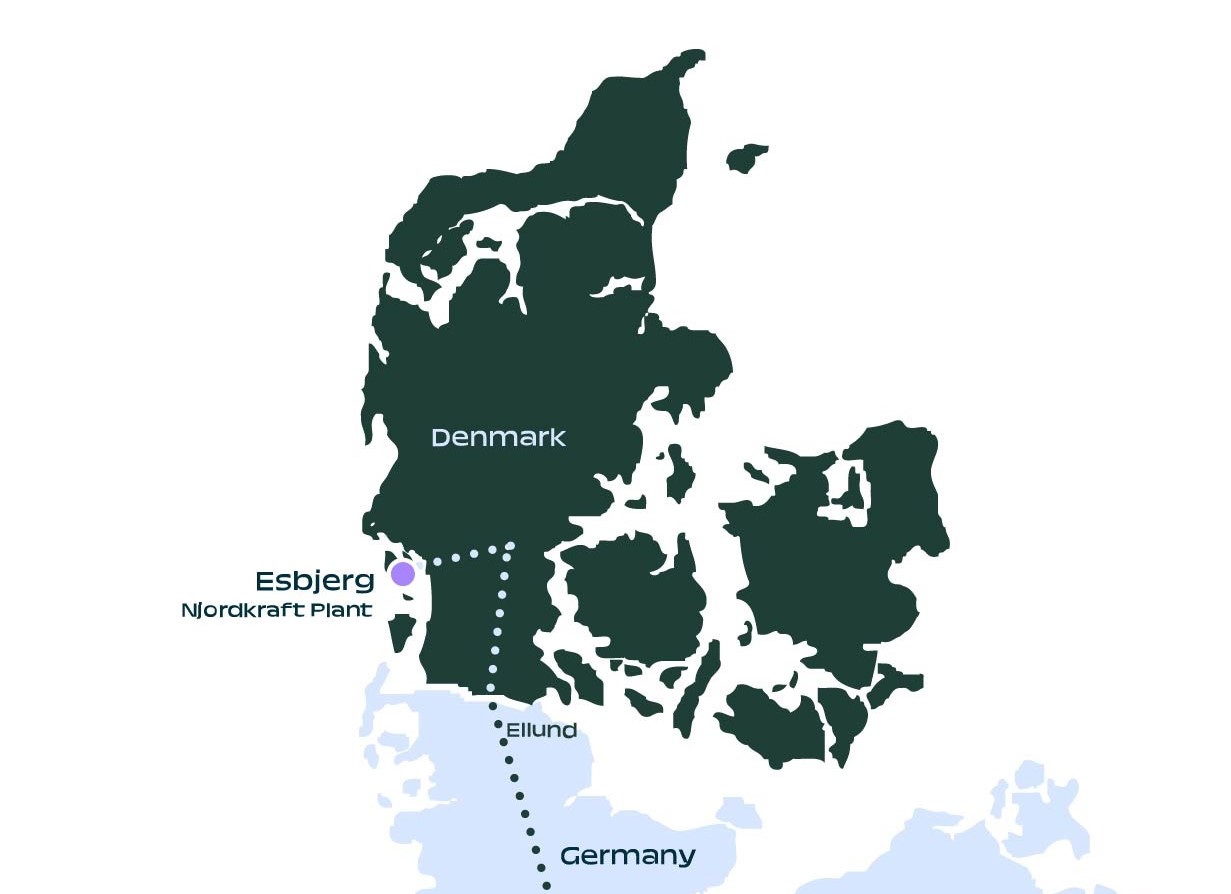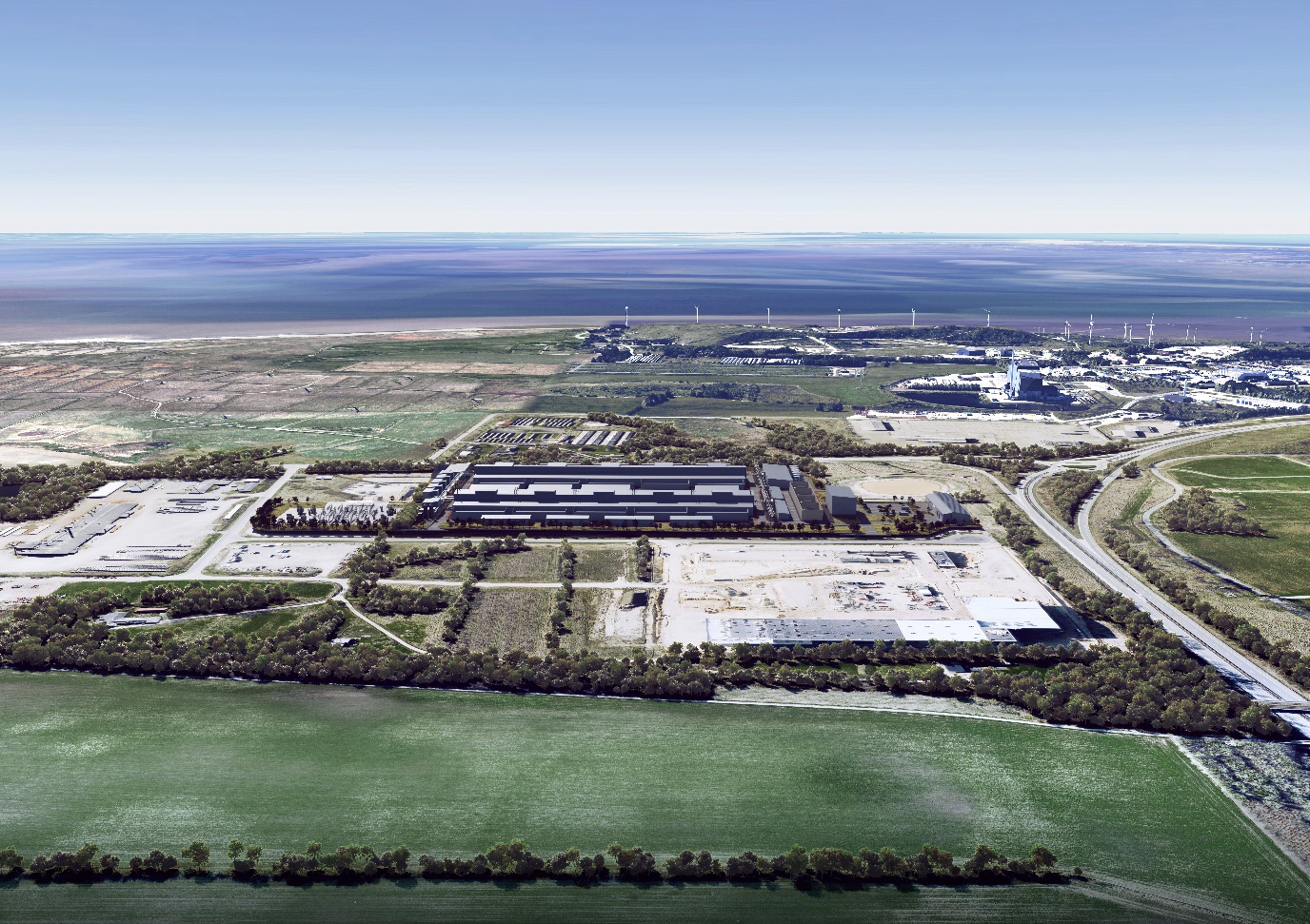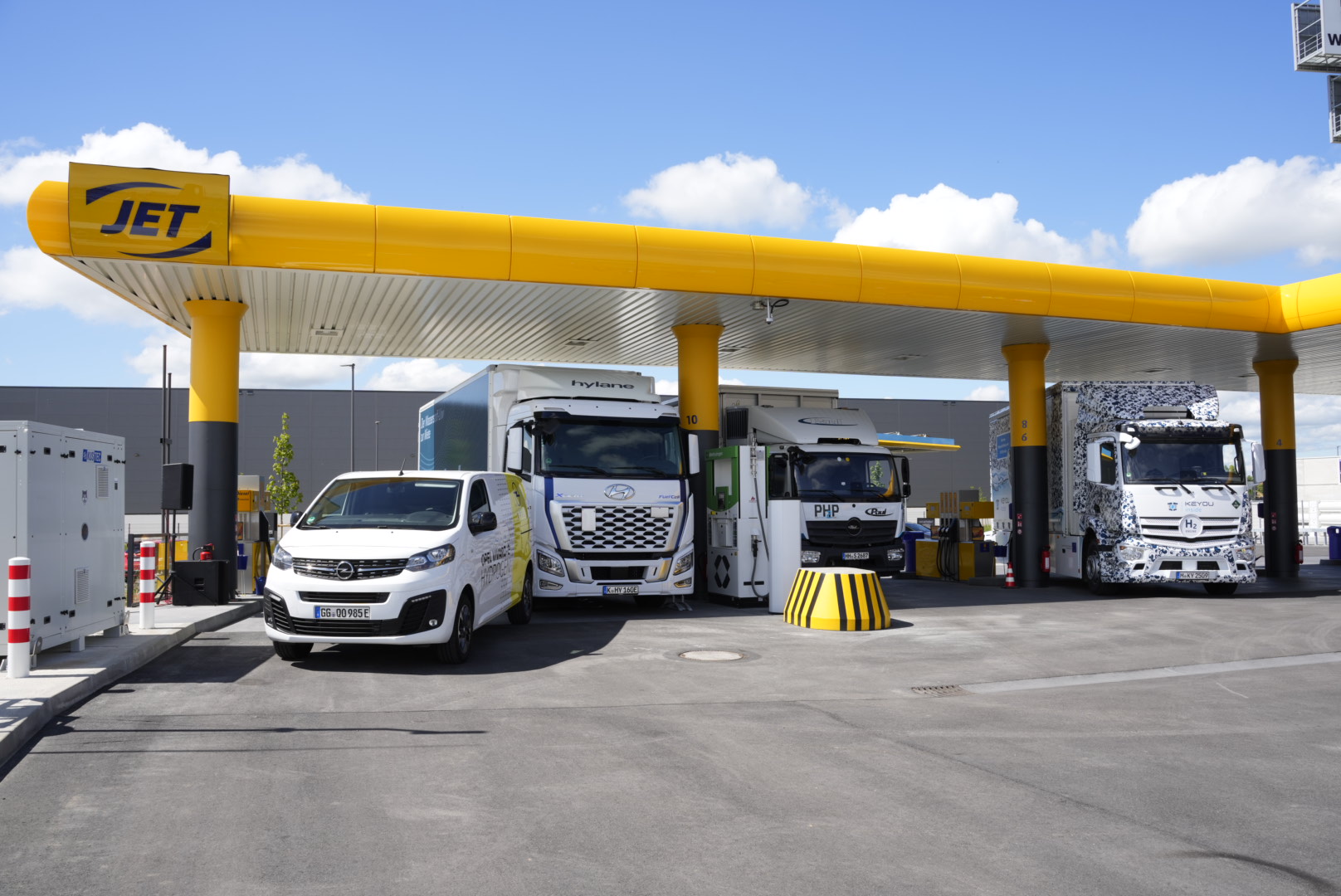Large-scale projects as the driving force behind Europe’s cross-border green hydrogen economy
By Sam French, CTO at MorGen Energy
Building a robust hydrogen economy in Europe requires moving beyond isolated, small-scale projects and embracing coordinated, cross-border collaboration. Fragmentation hinders the ability to unlock transformative opportunities. Large-scale initiatives, such as our planned Njordkraft 1GW green hydrogen production project, offer a compelling solution by integrating abundant renewable energy sources from the North Sea via cost-effective infrastructure to large-scale offtakers, such as heavy industry.
These efforts not only promise to significantly reduce hydrogen production costs but also lay the foundation for a resilient, interconnected energy system that can serve as the backbone of Europe’s green transition.
Njordkraft: Bridging Denmark’s wind resources and Germany’s hydrogen demand
Njordkraft, based in Esbjerg, Denmark, is positioned to be the critical link between the Danish North Sea’s wind resources and Germany, expected to be Europe’s largest consumer market for green hydrogen. As one of the continent’s most advanced large-scale hydrogen production initiatives, Njordkraft has successfully completed key permitting and approval stages, with detailed design and engineering plans now in place. The project is currently advancing through the financing and procurement phases, with construction expected to take three years following the final investment decision.
Once operational, the plant will produce up to 135,000 tonnes of green hydrogen annually. The hydrogen will be transported via pipeline to northwest Europe, primarily to Germany, where it will replace fossil-based energy sources in the most carbon-intensive sectors. Germany’s industrial players, particularly in steel, chemicals and heavy transport, are committed to using green hydrogen to meet their ambitious decarbonisation targets. As such, ongoing discussions with Transmission System Operators (TSOs) focus on aligning the Esbjerg facility with Germany’s hydrogen network to ensure timely and seamless integration.
The demand side of the equation
Germany has been a driving force behind Europe’s hydrogen ambitions. With €9bn allocated to its National Hydrogen Strategy in 2020, the country aims to establish itself as a global leader in hydrogen technology while tackling its energy transition challenges.
Germany’s strategy includes €18.9bn investment plans to develop a hydrogen network spanning over 9,000km, combining repurposed natural gas pipelines with newly constructed infrastructure. This network is set to be phased in by 2032, with some sections expected to become operational as early as 2025. German industries require significant quantities of green hydrogen as the only viable pathway to decarbonise their operations. Recognising its resource constraints, Germany views Denmark as a key partner due to its renewable energy potential and geographical proximity.
Denmark back on track after initial setbacks
A recent government announcement has provided the necessary push for realising this massive hydrogen ecosystem, with Denmark committing to state-backed financing for hydrogen pipeline infrastructure from Esbjerg to the German border. Previously delayed from 2028 to 2031, the timeline for this pipeline is now being accelerated, with the Danish government aiming for the first phase to be operational by 2030.
A crucial part of this strategy is the phased development of the pipeline, starting with the “Lower Seven” section (see Figure 1). By constructing this initial segment first, Denmark can reduce investment risks while ensuring that infrastructure aligns with market demand. The booking requirement for the Lower Seven section has also been adjusted, making it possible for a single project to meet the necessary minimum capacity.
This section is a vital connection within Denmark, enabling hydrogen transport to industrial hubs and the planned export route to Germany via the municipality of Ellund. On the German side, the Gasunie Hyperlink project plans to complete the cross-border link, connecting Denmark to Germany’s national hydrogen grid and enabling green hydrogen flow to critical industrial sectors.
Coordinated solutions for a green hydrogen future
Denmark has addressed key structural challenges to fully realise its vast potential as a green energy leader. Accelerating the pipeline timeline and lowering booking requirements were essential first steps. Equally important is ensuring that Denmark’s hydrogen strategy is closely aligned with Germany’s demand, enabling the export of green hydrogen to Europe’s largest industrial economy. This initiative has the potential to create a ripple effect, expanding the hydrogen network to other neighbouring countries such as the Netherlands and Belgium, further strengthening Europe’s green energy integration.
Green hydrogen holds the potential to transform Europe’s energy landscape, bridging nations and industries to achieve net zero. By addressing structural barriers and fostering cross-border collaboration, Denmark and Germany can pioneer a unified green hydrogen economy. Projects like Njordkraft demonstrate that large-scale solutions are already within reach.
The road ahead is challenging, but it is also filled with opportunities. With shared vision, collaboration, and commitment, Europe can emerge as a global leader in green hydrogen, setting a new standard for a resilient energy system.
Article published by H2 View: https://www.h2-view.com/open-access/large-scale-projects-the-driving-force-behind-europes-cross-border-green-hydrogen-economy/2120525.article/





